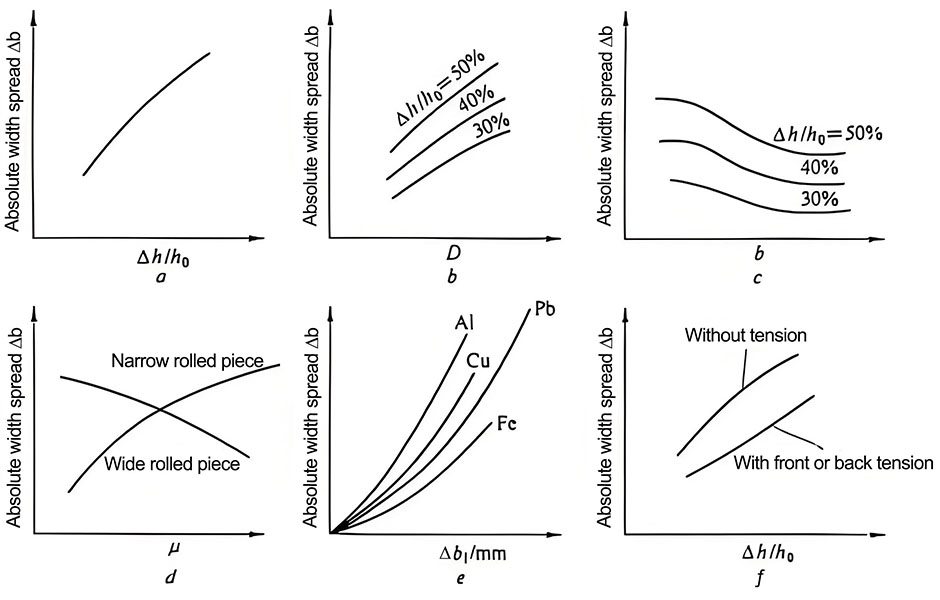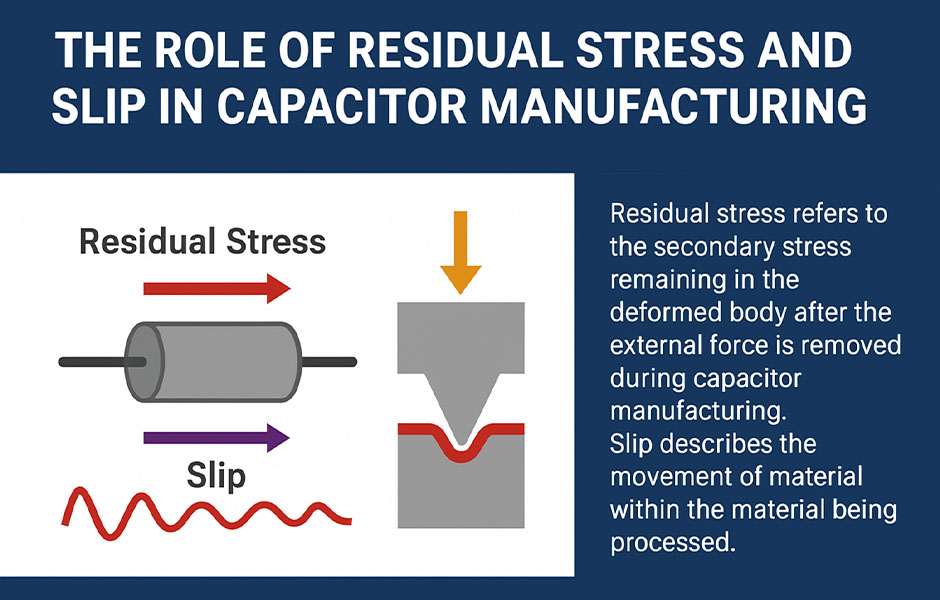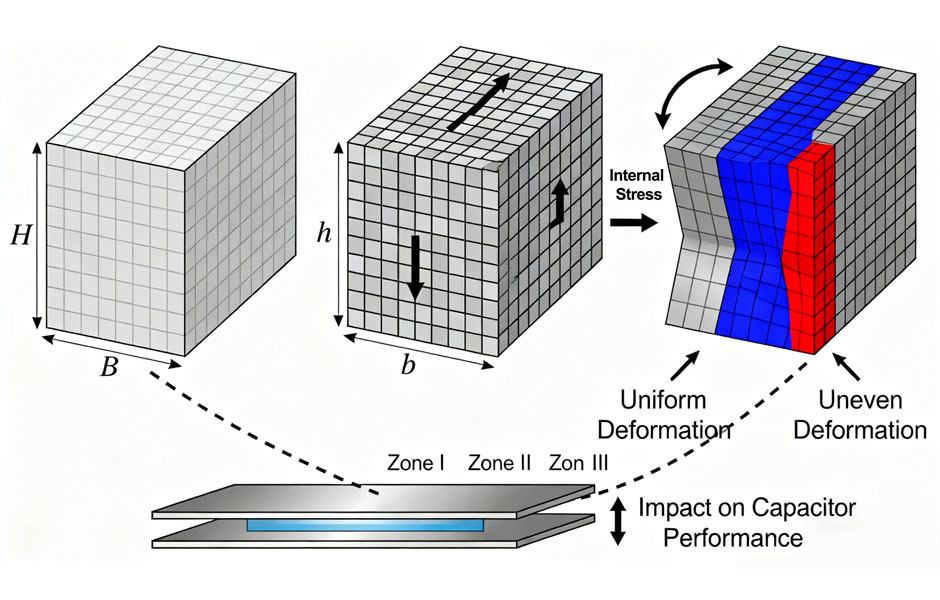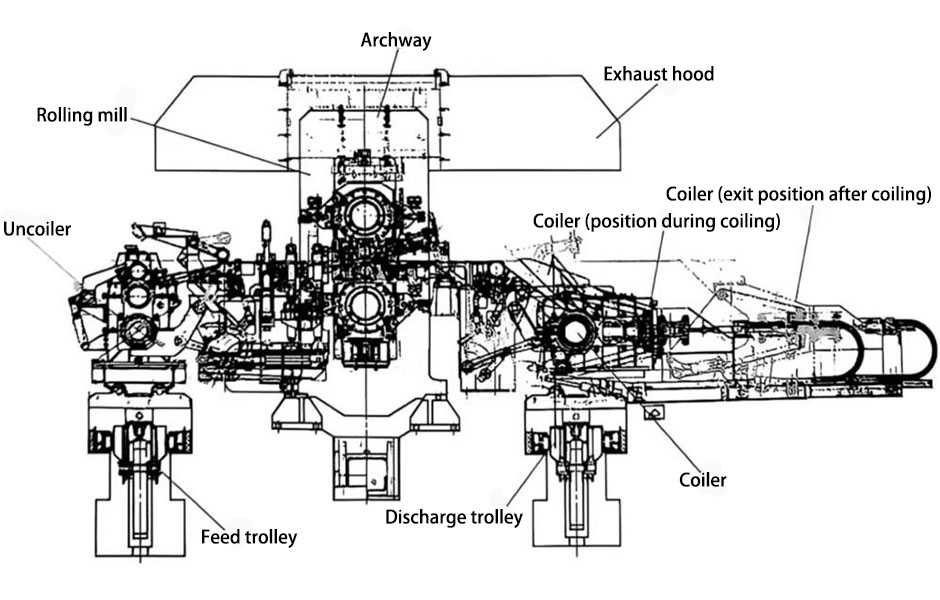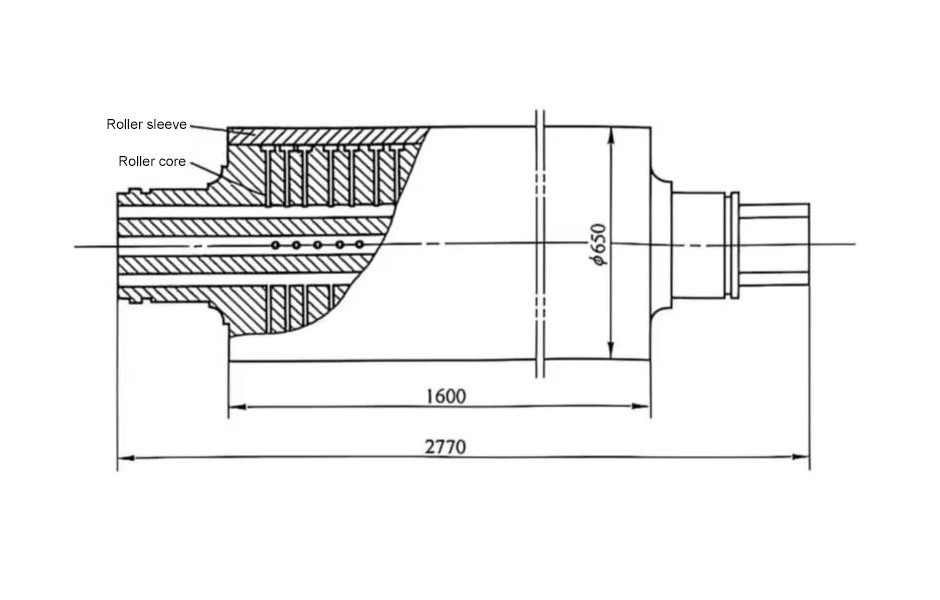Film Capacitor principle
The film is processed to allow metal atoms to attach to the film. The metal is evaporated under vacuum (1200 ° C for aluminum) to the surface of the treated film (the film is cooled to -25 ° C to -35 ° C) to form a metal layer. If the dielectric is short-circuited, the metal plating will volatilize and short-circuit. The local isolation, this phenomenon is called the self-healing effect, the self-healing effect of the metallized film is the main factor to improve the voltage gradient; for the dry technology, in the pulse application, the voltage gradient can reach 500V/μm or more, in the DC In the filtering application, the voltage gradient can reach 200V/μm. Since the capacitor is designed according to the CEI1071 standard, the capacitor can withstand several times the surge voltage of twice the rated voltage without significant life shortening. Therefore, the user only needs to consider the nominal voltage required in the application.
Electrolytic Capacitor principle
Uses the dielectric properties of alumina. Aluminum has a dielectric constant between 8 and 8.5 and an operating voltage gradient of 700 V/μm. Therefore, for 900V (DC), an alumina thickness of 1.2 um is required. However, this thickness is not possible because, in order to have a good energy density, the surface of the aluminum foil must have grooves. Obviously, there is a ratio between the foil groove and the thickness. The thickness of the aluminum reduces the capacitance factor of the aluminum foil groove. For example, the capacitance coefficient of 500V is half of that of the low voltage capacitor.
In addition, the electrolyte conductivity of the low-voltage electrolytic capacitor is 150 Ωcm, the electrolyte conductivity of the high-voltage electrolytic capacitor (500 V) is 5 kΩcm, and its RMS current is limited to about 20 mA/μF. For the above reasons, the typical nominal voltage of a typical electrolytic capacitor is 500V, so in the case of requiring a higher voltage, the user must use a plurality of capacitors in series. At the same time, because the insulation resistance of each capacitor is different, the user must connect a resistor to each capacitor to balance the voltage. In addition, if a reverse voltage exceeding 1.5 times the voltage is applied to the capacitor, it will cause a chemical reaction inside the capacitor. If the voltage continues for a long enough time, the capacitor will explode, or with the internal pressure of the capacitor. The release of electrolyte will flow out. To avoid this danger, the user must connect a diode in parallel with each capacitor.
